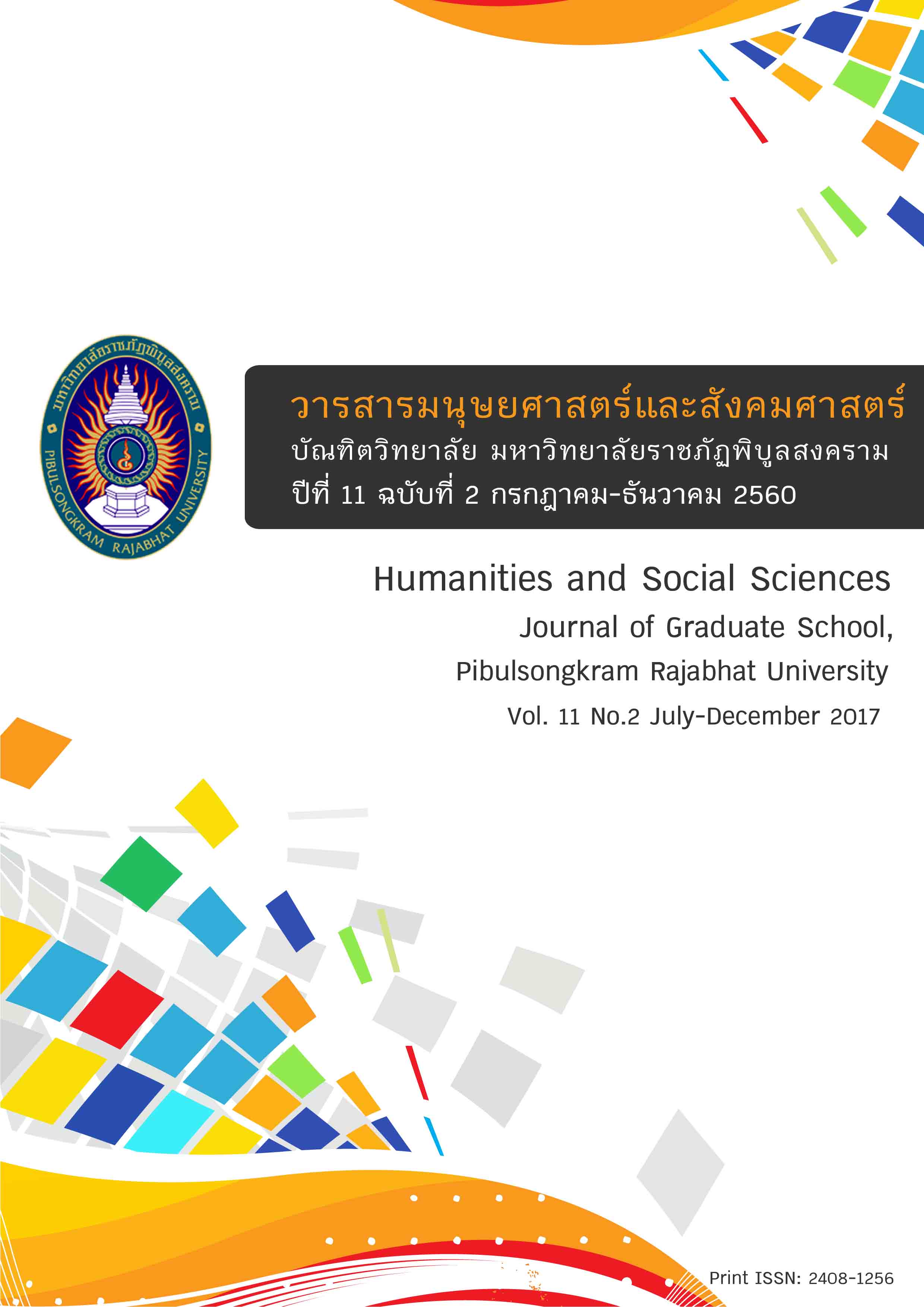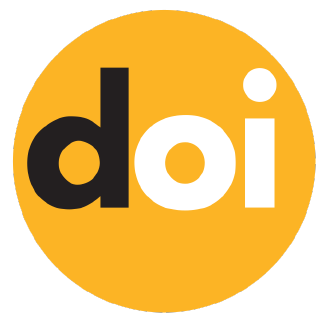The Development of a Collaborative Networking Model for Educational Quality Assurance in Inclusive Schools
Keywords:
Cooperative networking, Educational quality assurance, Inclusive schoolAbstract
การวิจัยและพัฒนาครั้งนี้มีจุดมุ่งหมาย 1) เพื่อศึกษาสภาพและองค์ประกอบรูปแบบเครือข่ายความร่วมมือเพื่อการประกันคุณภาพการศึกษา สำหรับโรงเรียนเรียนรวม 2) เพื่อสร้างและหาคุณภาพของรูปแบบเครือข่ายความร่วมมือ และ 3) เพื่อทดลองใช้และประเมินรูปแบบเครือข่ายความร่วมมือ กระบวนการวิจัยประกอบด้วย 1) วิเคราะห์เอกสารและงานวิจัยที่เกี่ยวกับเครือข่ายความร่วมมือเพื่อการประกันคุณภาพการศึกษา สำหรับโรงเรียนเรียนรวม และสัมภาษณ์ผู้เชี่ยวชาญด้านการจัดการศึกษาแบบเรียนรวม จำนวน 6 คน วิเคราะห์ข้อมูลด้วยการวิเคราะห์เนื้อหา (Content Analysis) หลังจากนั้นจึงใช้แบบสอบถามความคิดเห็นผู้บริหารและครูที่ดูแลงานการศึกษาแบบเรียนรวม สังกัดสำนักงานเขตพื้นที่การศึกษาประถมศึกษาภาคเหนือ จำนวน 384 คน และวิเคราะห์ข้อมูลด้วยค่าร้อยละ 2) ยกร่าง ตรวจสอบ หาคุณภาพ และปรับปรุงรูปแบบเครือข่ายความร่วมมือเบื้องต้น โดยผู้เชี่ยวชาญ จำนวน 7 คน เก็บรวบรวมข้อมูลด้วยแบบประเมินอิงผู้เชี่ยวชาญ (Connoisseurship) และวิเคราะห์ข้อมูลจากค่าเฉลี่ย และส่วนเบี่ยงเบนมาตรฐาน 3) ทดลองและประเมินรูปแบบเครือข่ายความร่วมมือ กับโรงเรียนสำนักงานเขตพื้นที่การศึกษาประถมศึกษาพิษณุโลก เขต 1 คือ โรงเรียนวัดยาง (มีมานะวิทยา) และโรงเรียนบ้านหนองแขม กลุ่มเป้าหมาย เป็นผู้บริหาร และครู จำนวน 37 คน เก็บรวบรวมข้อมูลด้วยแบบสอบถาม และวิเคราะห์ข้อมูลจากค่าเฉลี่ย และส่วนเบี่ยงเบนมาตรฐาน ผลการวิจัย พบว่า สภาพปัจจุบันมีหน่วยงานที่เกี่ยวข้องเข้ามามีส่วนร่วมในการพัฒนาการประกันคุณภาพการศึกษาของโรงเรียนเรียนรวม และหน่วยงานหลักในด้านการปฏิบัติ คือ โรงเรียนเรียนรวม นอกจากนี้ยังพบว่าองค์ประกอบหลักของรูปแบบเครือข่ายความร่วมมือเพื่อการประกันคุณภาพการศึกษา สำหรับโรงเรียนเรียนรวม ควรมี 4 องค์ประกอบ คือ 1) โครงสร้างด้านบุคคลที่อยู่ในหน่วยงานของเครือข่ายความร่วมมือเพื่อการประกันคุณภาพการศึกษา สำหรับโรงเรียนเรียนรวม 2) บทบาทและหน้าที่ของบุคคลและหน่วยงานในเครือข่าย 3) กระบวนการบริหารจัดการเครือข่าย และ 4) วิธีการสื่อสารในเครือข่าย 1. ผลการสร้างและหาคุณภาพของรูปแบบเครือข่ายความร่วมมือเพื่อการประกันคุณภาพการศึกษา สำหรับโรงเรียนเรียนรวม พบว่ารูปแบบเครือข่ายความร่วมมือเพื่อการประกันคุณภาพการศึกษา สำหรับโรงเรียนเรียนรวม สังกัดสำนักงานเขตพื้นที่การศึกษาประถมศึกษา มีความเหมาะสม และมีความถูกต้อง สามารถนำไปใช้ได้ 2. ผลการประเมินการดำเนินงานตามรูปแบบเครือข่ายความร่วมมือ พบว่ารูปแบบเครือข่ายความร่วมมือเพื่อการประกันคุณภาพการศึกษา สำหรับโรงเรียนเรียนรวม มีคุณภาพสามารถนำไปใช้ปฏิบัติได้จริง
The purposes of this research and development were: 1) to study conditions and elements on a collaborative networking model for educational quality assurance of inclusive schools, 2) to develop and determine quality of the collaborative networking model, 3) to experiment and evaluate the collaborative networking model. Research was carried out as follows: 1) Analyzing existing documents and research on the collaborative networking of educational quality assurance in inclusive schools under the Primary Educational Service Area Offices. Then, 6 specialists in the area of inclusive education were purposively selected for subsequent semi-structured interview. Data were analyzed using content analysis. Then, 384 administrators and teachers who were responsible for inclusive education in schools under the Primary Educational Service Area Offices were asked to complete a questionnaire. Data were analyzed by using percentage. 2) Designing, verifying and improving the preliminary model of collaborative networking by 7 specialists through Connoisseurship method. Data were analyzed using mean and standard deviation. 3) Conducting experiment and evaluation in two selected inclusive schools in Phitsanulok Primary Educational Service Area Office 1 including Watyang School and Bannongkham School. Then, 37 administrators and teachers were asked to evaluate the model. Data were analyzed using mean and standard deviation. The research findings are as follows:
1. Current situations in inclusive schools revealed that there are various agencies coming to work in inclusive schools but the main responsible agencies are the school themselves. Furthermore, the core elements of collaborative networking model should consist of 4 aspects including 1) structure of the agency responsible for collaborative working team, 2) roles and responsibilities of those agencies, 3) networking administration procedure, 4) communication methods within the networking model.
1. The examination of the collaborative networking model for educational quality assurance of inclusive schools by specialists, administrators and teachers revealed that this model was appropriate, accurate and usable.
2. The efficiency of the collaborative networking model of quality assurance for inclusive educational schools as determined by specialists revealed that utilization, feasibility, appropriateness and accuracy were at a high level.
Downloads
Published
How to Cite
Issue
Section
License
บทความหรือข้อคิดเห็นใดใดที่ปรากฏในวารสารมนุษยศาสตร์และสังคมศาสตร์ มหาวิทยาลัยราชภัฏพิบูลสงครามเป็นวรรณกรรมของผู้เขียน ซึ่งบรรณาธิการไม่จำเป็นต้องเห็นด้วย บทความที่ได้รับการตีพิมพ์เป็นลิขสิทธิ์ของวารสารมนุษยศาสตร์และสังคมศาสตร์ มหาวิทยาลัยราชภัฏพิบูลสงคราม







